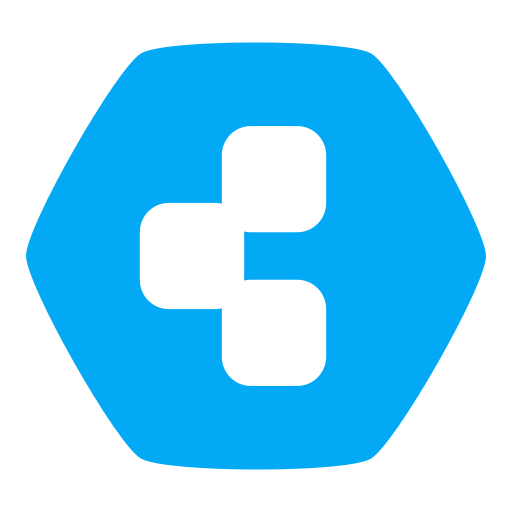Just to make sure I'm approaching this the correct way, I have a few questions.
Our current nextcloud setup is using apache/mysql/php/redis. I've brought up a NextCloud app on Cloudron and it is using postgres as it's database. It seems like I could bring up a LAMP App and then install nextcloud on that stack and then configure it to use that database for the nextcloud database and then hook that install to the cloudron redis server.
I arrived at this solution as I could not find a way to build a custom app and have it configured to create a database and a link to Redis. I'm not sure if there is some documentation I have missed but I'd really love to just take your nextcloud app and adjust it's dockerfile to build the way I want (using mysql) but I don't see where it creates a database on postgres and creates redis credentials. Is this done on cloudron's side during deployment?
